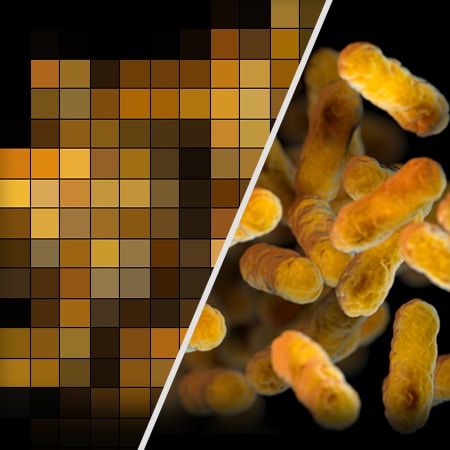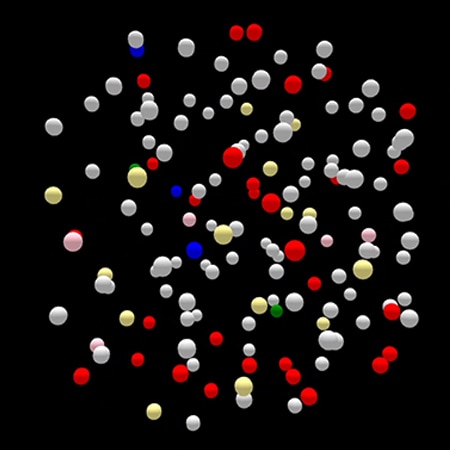How it Works
Since 2014, the Advanced Molecular Detection (AMD) program has worked to integrate the latest next-generation sequencing technology with bioinformatics and epidemiology expertise to improve public health. Today, pathogen genomics is part of almost every infectious disease program at CDC and has become central to the US public health system’s efforts to identify, track, and stop infectious diseases.
The genome, or genetic material, of an organism is made up of a unique DNA or RNA sequence. These sequences are composed of chemical building blocks known as nucleotide bases. Determining the order of bases—“genomic sequencing” or simply, “sequencing”—is a core AMD technology.
The information encoded in the genomes of disease-causing bacteria, viruses, and fungi represent unique genetic fingerprints. Whole-genome sequencing (WGS) is a laboratory procedure that determines the order of all or most of the nucleotides in the genome of these disease-causing microbes, enabling public health officials to better understand how microorganisms move through populations and change over time.
Next-generation sequencing (NGS) refers to sequencing technologies that can process a large quantity of genetic material at a time. These technologies have been available since 2004, and they have largely replaced the previous method (“Sanger sequencing”) and make high-throughput WGS possible. Newer sequencing platforms have revolutionized this field, by generating larger volumes of data and dramatically lowering the cost of sequencing.
NGS or WGS?
The terms NGS and WGS are sometimes used interchangeably in specific contexts, but they are not synonymous.
NGS = Sequencing technology
WGS = The sequencing itself, which is usually accomplished using NGS
How does whole-genome sequencing work?

Strands of DNA or RNA are first extracted from the bacteria, virus, or other pathogen.

The DNA or RNA to be sequenced must be specially prepared before it can be put into the sequencing machine. The steps in the process may differ depending on the type of sample and specific equipment being used. Some of the steps include:
- Converting RNA or single stranded DNA into double-stranded DNA if needed
- Chopping strands into shorter pieces to get a desired length
- Modifying the ends of the fragments so they can be recognized by the sequencer. At this point the sample is called a “library” and is ready for sequencing.

The library is loaded into a sequencer, which will identify the nucleotide bases in the DNA fragments. Some next-generation sequencing devices read fluorescent signals. Others identify bases by monitoring changes to an electrical current as the DNA strands pass through tiny holes.

The sequencer produces data—millions of long strings of letters—which are then assembled together or aligned with a reference sequence. Analytical programs compare the new sequence data to the reference sequence and identify variations in the sample that allow scientists to infer an ancestral relationship, much like a family tree. New pathogens can be identified by comparing their sequence to a database of all known pathogens and finding related species.
Learn more about the technology and how it is used
Why is whole-genome sequencing important to public health?
Whole-genome sequencing provides detailed genetic information about pathogens, which are microbes that cause illnesses. It provides vital information for solving disease outbreaks and predicting drug resistance. WGS provides detailed and timely information that helps protect the public’s health.
Scientists use whole-genome sequencing to:
- Detect, investigate, monitor, and control pathogens
- Understand how people became exposed to pathogens
- Learn how pathogens are geographically distributed
- Help trace the source and transmission of outbreaks
- Learn about pathogen evolution such as the development of drug resistance

